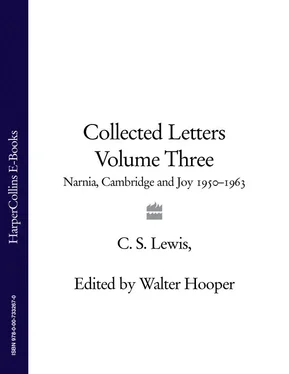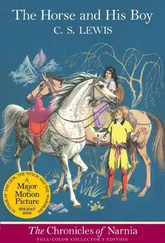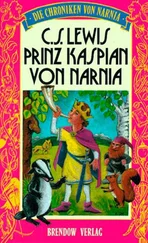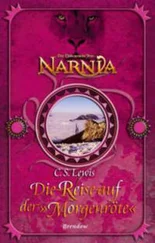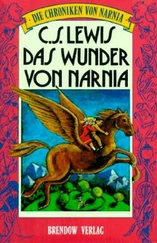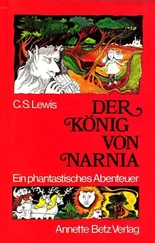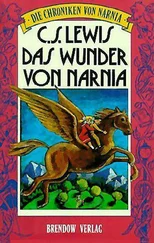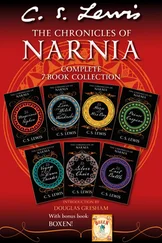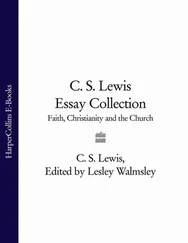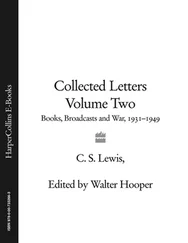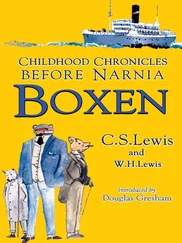Despite our efforts to include in these volumes all of Lewis’s letters, there are a few that either I forgot about or which turned up too late to be fitted in. No doubt others will come to light. We should not be discouraged. This happens with the letters of nearly all eminent people. I doubt we can say we have all the letters written by anyone. Letters from Dr Samuel Johnson have shown up hundreds of years after his letters were first published, and despite the efforts of the many editors of Cardinal John Henry Newman’s Letters and Diaries , over a period of fifty years, letters from Newman still show up from time to time. While I have no doubt that most of Lewis’s letters are contained in these volumes, I expect the occasional letter will be popping up for the next 100 years. If this happens, perhaps HarperCollins will publish an additional volume of letters.
The theme of this volume is Narnia, Cambridge and Joy , but up to the end of 1949, there was almost nothing to suggest that the last thirteen years of Lewis’s life would involve any of those things, that it would be the fullest of all, and that the period would yield so many letters. In short, there was no reason for Lewis to imagine a revolution taking place in his life. He was very tired from years of looking after his aged companion, Mrs Moore, and he would have been glad of an occasional day of freedom. Thus, when Don Giovanni Calabria wrote from Verona at the beginning of 1949, urging him to write more, Lewis replied on 14 January:
I would not wish to deceive you with vain hope. I am now in my fiftieth year. I feel my zeal for writing, and whatever talent I originally possessed, to be decreasing; nor (I believe) do I please my readers as I used to…My aged mother, worn out by long infirmity, is my daily care…Perhaps it will be the most wholesome thing for my soul that I lose both fame and skill lest I were to fall into that evil disease, vainglory 8
The clearest evidence that his ‘zeal for writing’ was decreasing was that he had written no stories since the last Ransom novel in 1945. For Lewis story-writing was never a matter of effort, but depended entirely, as he said, on ‘seeing pictures in my head’. 9 But there were no ‘pictures’. And in any event, Lewis was poised, after years of preparation, to begin writing English Literature in the Sixteenth Century (1954), the volume of the Oxford History of English Literature which he once complained ‘lies like a nightmare on my chest’. 10 The burden of that ‘nightmare’ would have been eased had he received more help from his brother, Warnie. The brothers were the greatest friends, but Warnie would periodically disappear to Ireland on drinking binges, often absenting himself at the times when Jack needed most help with Mrs Moore.
As I mentioned in the Preface to Volume II, it was shortly after Lewis thought his talents to be ‘decreasing’ that he began dreaming of lions. 11 ‘At first,’ he said about The Lion, the Witch and the Wardrobe , ‘I had very little idea how the story would go. But then suddenly Asian came bounding into it. I think I had been having a good many dreams of lions about that time…Once He was there He pulled the whole story together, and soon He pulled the six other Narnian stories in after him.’ 12
The extraordinary burst of inspiration that led to the writing of the Narnian stories was beyond anything he had experienced since his interplanetary stories. How did it happen? As he explained,
In the Author’s mind there bubbles up every now and then the material for a story. For me it invariably begins with mental pictures. This ferment leads to nothing unless it is accompanied with the longing for a Form: verse or prose, short story, novel, play or what not. When these two things click you have the Author’s impulse complete. It is now a thing inside him pawing to get out. He longs to see this bubbling stuff pouring into that Form as the housewife longs to see the new jam pouring into the clean jam jar. This nags him all day long and gets in the way of his work and his sleep and his meals. It’s like being in love. 13
The first two chapters of The Lion, the Witch and the Wardrobe were probably composed soon after he wrote to Don Giovanni on 14 January 1949, and they were ready for Roger Lancelyn Green to read when he visited Lewis in March. This first ‘Chronicle of Narnia’ was completed by the end of May, and in June Lewis made a start on what became The Magician’s Nephew . He dropped this story when he ran into some difficulties with it, and in September 1949 he wrote Prince Caspian . In August 1949 Lewis signed a contract with publisher Geoffrey Bles for The Lion, the Witch and the Wardrobe and by Christmas Pauline Baynes had illustrated it.
Volume III opens in January 1950, when Lewis was writing a third story, The Voyage of the ‘Dawn Treader’ . This was followed by The Horse and His Boy , which he was in the middle of when he found it impossible any longer to look after Mrs Moore. On 29 April 1950 she was moved to Restholme, a nursing home at 230 Woodstock Road. There Lewis visited her every day. 14 ‘The old lady’s retirement to a Nursing Home,’ he wrote to Dr Warfield Firor on 6 December 1950, ‘has made me a good deal freer in a small way. I can plan my days and count on some domestic leisure as I have not been able to do these last fifteen years.’ 15
The Lion, the Witch and the Wardrobe , always the most popular of the stories, was published on 16 October 1950. The Magician’s Nephew was not completed until the spring of 1954, but all the other five were finished by March 1953. This meant that, with the exception of The Magician’s Nephew , Lewis wrote six Narnian stories in about four years. It was his publisher, Geoffrey Bles, who decided they should appear one per year.
The Narnian stories were favourably reviewed from the start, but it took several years before they captured the imagination of children. What became in the end a flood of letters from children was only a trickle when Lewis said in a letter to Dr Firor of 20 December 1951: ‘I am going to be (if I live long enough) one of those men who was a famous writer in his forties and dies unknown.’ 16 A few years later he was inundated with letters from children, and he enjoyed these more than any others he received. This volume contains all those previously published in Letters to Children (1985) as well as others, and they provide one of our most important sources of information about Narnia. Even today, Lewis continues to receive letters of gratitude from children, and I imagine he would be amused that I have answered more letters from children after his death than he did before it. 17 Before the creation of Narnia The Screwtape Letters was his most popular book, but today Lewis is, of course, best known and best loved as the author of The Lion, the Witch and the Wardrobe .
Magdalen College gave Lewis a year off, from Michaelmas Term 1951 to Michaelmas Term 1952, to complete English Literature in the Sixteenth Century . Despite the fact that Asian was still ‘pulling in’ the remaining Narnian stories, Lewis managed to complete the book by May 1952. He celebrated by motoring around his native Ulster with Arthur Greeves. Those who have read both the Narnian stories and English Literature in the Sixteenth Century will probably agree that the two tasks were highly complementary. Lewis’s pupil, John Wain, spoke for many when he said in his review of the Oxford History: ‘Most dons have moved a long way from any recognition that literature is something that people read for fun . Mr Lewis, now as always, writes as if inviting us to a feast.’ 18
Читать дальше
